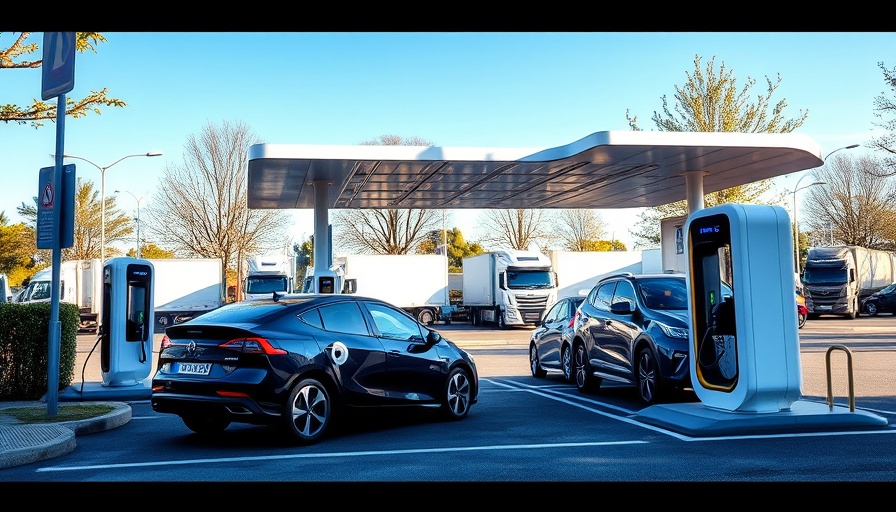
Why Insulating Your Storm Door is Essential This Winter
As the winter chill creeps in, it’s crucial to ensure our homes are well-equipped to fend off the cold. With increasing energy costs, many homeowners are surprisingly unaware of just how much energy can be saved through simple measures like insulating storm doors. Storm doors aren't just aesthetic additions; they are practical barriers between the punishing weather outside and the warmth inside your home.
Understanding the Role of Storm Doors
Storm doors, designed to protect against harsh weather, play a significant role in maintaining energy efficiency in your home. There are mainly two types: front/back storm doors and cellar storm doors. Each has a unique function, but both ensure that your inner door remains insulated and protected from external elements. “Storm doors can create a buffer, significantly reducing the impact of direct wind and moisture on your inside door,” explains Danny Niemela, a home contractor.
The Benefits of Improved Insulation
While some storm doors come with factory-installed insulation, adding an extra layer can enhance their efficiency notably. Insulating your storm doors can overall result in substantial energy savings. Not only will your home feel cozier, but you could also witness a decrease in your utility bills. Having cold spots or drafts near entrance areas can be uncomfortable for both your family and pets, so ensuring proper insulation will also increase comfort levels, especially during colder months.
Steps to Insulate Your Front Storm Door
Making your storm door more effective is simpler than you might think. The first step is to apply weatherstripping around the perimeter of the door. For newer types, self-adhesive foam weatherstripping works wonders. For older doors, consider high-density foam tape or even magnetic vinyl strips to ensure a snug fit. Niemela emphasizes, “Solid contact between the door and the frame is essential—don’t skip cleaning the frame before applying any strips.” This simple preparation can drastically enhance your door's efficiency.
Addressing Common Misconceptions
A common misconception is that storm doors are inherently energy-efficient. Many homeowners believe that the standard factory options provide sufficient insulation. However, Niemela points out that often, these doors come with just thin glass and basic materials that may not be adequate. A little investment in aftermarket insulation options can squeeze out those additional degrees of warmth, ensuring a comfortable environment during the winter.
Why Every Homeowner Should Insulate
As temperatures drop, the importance of insulating storm doors becomes clear. Not only does it protect against cold drafts and help manage indoor temperatures, but it also contributes to reducing energy consumption. With more of us looking for ways to save on our heating bills in this economy, ensuring your storm doors are adequately insulated is an easy upgrade that can pay dividends as the winter months unfold.
The journey to a more energy-efficient home begins with awareness and proactive steps. Start by inspecting your storm doors today, and embark on a path to not only making your home more comfortable but also to creating an environment that promotes sustainability and efficiency.



Write A Comment